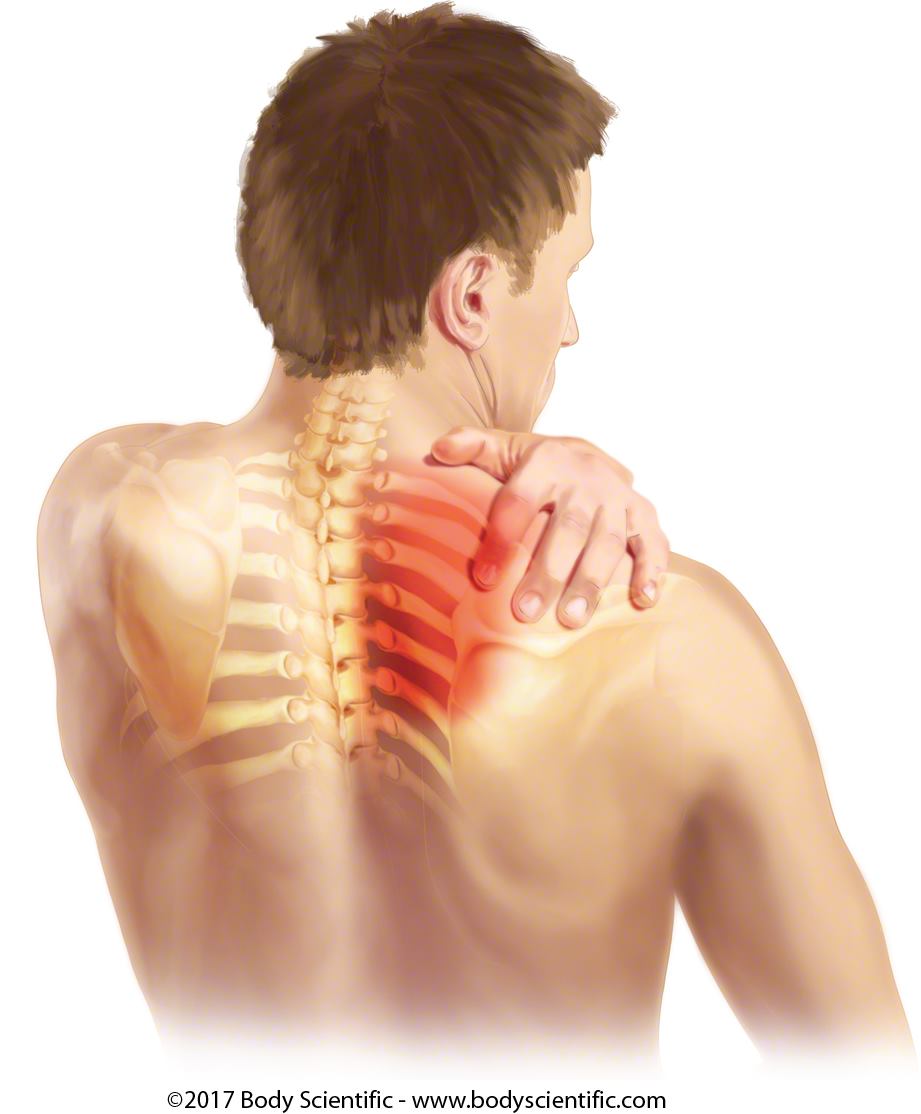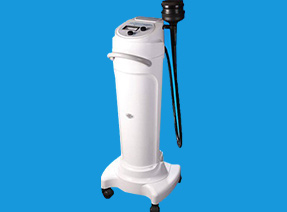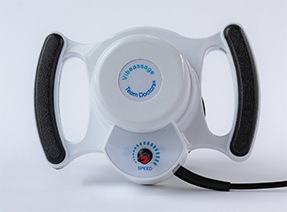Here are 5 ways to differentiate thoracic outlet syndrome from carpal tunnel syndrome.
If you can think of a few more ways, please add them in the comments section below.
This is an excerpt from a chapter in Dr Stoxen’s #1 best seller The Human Spring Approach to Thoracic Outlet Syndrome. The book is available on Amazon.com in these 13 counties US UK DE FR ES IT NL JP BR CA MX AU IN on Kindle. The book is available on Amazon.com in these 7 counties US UK DE FR ES IT JP in paperback.
In a Washington Post article, it was stated that diagnoses that are missed, incorrect, or delayed are believed to affect 10–20 percent of cases (3). In 1991, the Harvard Medical Practice Study found that misdiagnosis accounted for 14 percent of adverse events and that 75 percent of these errors involved negligence, such as a failure by doctors to follow-up on test results (4).
Dr. Joseph Mercola, an osteopathic physician, stated that he feels this is a reminder that the healthcare system is responsible for promoting unnecessary tests, dangerous drugs, and questionable medical procedures (5). I have to agree that doctors make a lot of diagnostic errors with patients who have thoracic outlet syndrome.
In 90 percent of the literature that I read in the national database of science called PubMed, the diagnosis of thoracic outlet syndrome is difficult, because no single test has been accepted as a gold standard. However, by using nerve conduction studies, electromyography, X-ray examinations, MRI scans, CT scans, and other imaging, doctors can rule out thoracic outlet syndrome.
Doctors commonly do poor examinations then spend $2,000–$20,000 on tests to determine that you don’t have the 29 other conditions so it must be thoracic outlet syndrome? That is really an inefficient use of your insurance dollars. No wonder patients who are uninsured can’t get affordable healthcare. As I said before, go to a doctor’s office with $500 in your pocket and ask for a diagnosis. You will be surprised how quickly they diagnose you and tell you surgery is not medically necessary.
Why is thoracic outlet syndrome so difficult to diagnose?
There Are 30 Other Conditions and Diseases That Have Similar Symptoms as TOS
If you have been diagnosed with a herniated disc, bulging disc, slipped disc, cervical spondylosis, shoulder acromioclavicular (AC) joint separation, clavicle fracture malunion, shoulder tendonitis, shoulder impingement syndrome, rotator cuff inflammation, rotator cuff tear, intercostal neuritis, cubital tunnel compression, carpal tunnel syndrome, Guyon’s canal compression, or median nerve entrapment, you might be misdiagnosed. You might have thoracic outlet syndrome.
TOS also mimics a similar pain you get with atherosclerosis, Paget-Schroetter syndrome, pancoast tumor, spinal cord tumor, complex regional pain syndrome, multiple sclerosis (MS), syringomyelia, Raynaud’s phenomenon, cervical ribs, or a simple myofascial pain syndrome.
Thirty percent or More of Patients Have Herniated Discs, But Don’t Have Pain (3)
You could have a herniated disc, which you might think is the source of nerve compression pain, but many people have herniated discs that not only compress the nerves but also the spinal cord, yet they never had any symptoms. This can be a real nerve-racking case for the doctor to diagnose. This is especially true, even if this is in his or her area of expertise.
Nerves, Etc., Can Be Compressed at Many Points from the Neck to Fingertips
What doctors are looking for is the evidence of compression all the areas where the nerves or blood vessels pass from the neck and thorax to the tip of the fingers. Besides getting compressed at the neck by herniated discs, the three areas of compression for thoracic outlet syndrome, nerves, and blood vessels can be compressed at the shoulder, the elbow, the forearm, the wrist, and the palm of the hand.
You Could Have Two, Three, or Four Different Compression Conditions at the Same Time
What confuses doctors even more is you could have TOS and an additional condition called a double crush, TOS, and two other conditions called a quadruple crush or a complete lockdown of your entire human spring from head to toe, which is commonly misdiagnosed as fibromyalgia.
Diagnostic Tests Cannot Detect Muscle Superspasms That Compress the Outlet
None of these diagnostic tests can detect muscle spasms that compress the outlet. Because doctors cannot see them on diagnostic tests, many try to convince you they don’t exist. This is silly.
There Are No Diagnostic Tests for an Elevated First Rib
Doctors know that muscle spasms are the cause of compression of thoracic outlet tunnel compression. That’s why they do surgery to remove the scalene muscles and the first rib that is being yanked up into the thoracic tunnel by these super contractions. Do you realize that a lot of therapists stretch your neck to the side, lift the rib even higher into the outlet, and this actually makes your thoracic outlet syndrome worse?
The easiest way to check for muscle super contractions is to palpate with your hands. That’s the cheapest diagnostic test that you can get. Hospitals don’t pay the bills with hands-on, simple examinations, deep-tissue treatments, and first-rib adjustments.
Are you getting this yet?
Do you wish there was a way to fact check a doctor’s diagnosis? Well, in chapter 9 of my book, The Human Spring Approach to Thoracic Outlet Syndrome, I teach you what to look for so you can back check your doctors work.
If you dont back check your doctors work he or she could say anything and you would have to believe it. Knowing doctors, the mistakes they make in diagnosis and their financial motivations behind excessive testing and procedures and surgeries you don’t need this is not a good position to be in!
Here are 10 reasons for suspecting you have the wrong diagnosis.
- Your doctor doesn’t spend time to examine you.
- Your doctor doesn’t touch you during the exam.
- Your doctor doesn’t check all 10 muscles that contribute to compression of the outlet.
- Your doctor orders a test the first day you come in to the office, after a short exam.
- Your doctor is making a diagnosis in a specialty in which he or she is not an expert.
- Your symptoms and signs don’t match the doctor’s diagnosis.
- You do not get better or get worse with treatment.
- Your doctor thinks more tests are needed.
- Your doctor thinks there is no such disorder as thoracic outlet syndrome.
- Your doctor asks you what you think is wrong with you.
If you want to know how many different diagnoses a doctor could list that match some of the symptoms of thoracic outlet syndrome, here is a full list I have compiled.
- Trauma—cervical disc injury—sixth nerve root
- Trauma—cervical disc injury—seventh nerve root
- Trauma—cervical disc injury—T1 nerve root
- Cervical radiculopathy, brachial plexus injury, or brachial neuritis
- Cervical spondylosis
- Neck trauma
- Thoracic disc injuries
- Clavicle injuries—acromioclavicular joint injury
- Clavicle fracture malunion
- Inflammatory conditions of the shoulder (tendonitis arthritis)
- Shoulder impingement syndrome
- Rotator cuff inflammation
- Intercostal neuritis (pinched nerve between the ribs)
- Compressive neuropathy—cubital tunnel compression
- Compressive neuropathy—carpal tunnel syndrome
- Compressive neuropathy—Guyon’s canal
- Compressive neuropathy—median nerve entrapment
- Compressive neuropathy—double crush
- Compressive neuropathy—triple crush
- Compressive neuropathy—quadruple crush
- Vascular diseases (atherosclerosis)
- Paget-Schroetter syndrome or effort thrombosis
- Pancoast tumor
- Spinal cord tumor or neoplasm
- Complex regional pain syndrome (reflex sympathetic dystrophy)
- Degenerative spinal cord disease—MS
- Degenerative spinal cord disease—syringomyelia
- Raynaud’s phenomenon
- Cervical ribs and fibrous bands
- Myofascial pain syndrome
I am going to go through each one of these possible diagnoses that mimic thoracic outlet syndrome and explain how to differentiate them from TOS. That way, you will be a little more educated on how to differentiate them, so you can check on your doctor’s diagnosis to make sure it is right.
#1 Difference In Initial Presentation Of Symptoms

The initial signs of carpal tunnel syndrome begin with numbness, tingling, and pain mimic compression of the median nerve, which contains nerves from roots C6, C7, C8, and T1 dermatome. This is numbness and tingling usually the thumb and index, middle or ring fingers are affected, but not your little finger. …

The initial signs of thoracic outlet syndrome begin with numbness, tingling, and pain mimic compression of the ulna nerve, which contains nerves from roots C8, and T1 dermatome. This is numbness and tingling usually in the ring and little finger.
#2 Difference In Symptom Distribution
Thoracic outlet syndrome causes numbness and tingling in the medial border of the forearm and hand.
Carpal tunnel syndrome has a hand numbness, tingling, and pain pattern that radiates only from the wrist down into the hand, but not into the arm or forearm.
#3 Difference in Temperature
Thoracic outlet syndrome is compression of the neuro vascular bundle which means it is a compression of nerves AND blood vessels. Thoracic outlet syndrome can cause a compression of the artery due to narrowing of the outlet/tunnel it passes through, which can cause restriction of the flow of blood in the arm your hand and forearm may feel cooler on the side of the compression.
Carpal tunnel syndrome is a compression of ONLY the nerves of the wrist. Carpal tunnel syndrome is not a compression of the blood vessels so there would be no difference in temperature between the arm and hand on the involved side vs the uninvolved side.
#4 – Difference In The Areas Of Swelling

If you have thoracic outlet tunnel you could have compression of the vein, restricting the flow of blood out of the arm then your hand and forearm may look and feel more swollen on the side of the compression.
Usually it’s better to take a photograph of the hands and evaluate it that way. I found that this can be a very helpful tool, because sometimes you don’t see it at first, and it can be seen well through a photograph. The second thing is to look at the tendons. If the tendons have been obliterated by edema, you might be looking at a patient who has had difficulty in drainage of the blood from the extremity. It kind of balloons out and they’re going to get a little tingling – that’s when it’s starts to affect the arterial supply.
Carpal tunnel syndrome is not a compression of the blood vessels so there would be no difference in swelling the arm and hand on the involved side vs the uninvolved side.
#5 Differences in symptom distribution
You would have neck pain, shoulder pain, chest pain and or upper back pain with thoracic outlet syndrome.

You would NOT have neck pain, shoulder pain, chest pain and or upper back pain with carpal tunnel syndrome.
If you can think of a few more ways to differentiate carpal tunnel syndrome from thoracic outlet syndrome, please add them in the comments section below.

Dr James Stoxen DC., FSSEMM (hon) He is the president of Team Doctors®, Treatment and Training Center Chicago, one of the most recognized treatment centers in the world.
Dr Stoxen is a #1 International Bestselling Author of the book, The Human Spring Approach to Thoracic Outlet Syndrome. He has lectured at more than 20 medical conferences on his Human Spring Approach to Thoracic Outlet Syndrome and asked to publish his research on this approach to treating thoracic outlet syndrome in over 30 peer review medical journals.
He has been asked to submit his other research on the human spring approach to treatment, training and prevention in over 150 peer review medical journals. He serves as the Editor-in-Chief, Journal of Orthopedic Science and Research, Executive Editor or the Journal of Trauma and Acute Care, Chief Editor, Advances in Orthopedics and Sports Medicine Journal and editorial board for over 35 peer review medical journals.
He is a much sought-after speaker. He has given over 1000 live presentations and lectured at over 70 medical conferences to over 50,000 doctors in more than 20 countries. He has been invited to speak at over 300 medical conferences which includes invitations as the keynote speaker at over 50 medical conferences.
After his groundbreaking lecture on the Integrated Spring-Mass Model at the World Congress of Sports and Exercise Medicine he was presented with an Honorary Fellowship Award by a member of the royal family, the Sultan of Pahang, for his distinguished research and contributions to the advancement of Sports and Exercise Medicine on an International level. He was inducted into the National Fitness Hall of Fame in 2008 and the Personal Trainers Hall of Fame in 2012.
Dr Stoxen has a big reputation in the entertainment industry working as a doctor for over 150 tours of elite entertainers, caring for over 1000 top celebrity entertainers and their handlers. Anthony Field or the popular children’s entertainment group, The Wiggles, wrote a book, How I Got My Wiggle Back detailing his struggles with chronic pain and clinical depression he struggled with for years. Dr Stoxen is proud to be able to assist him.
Full Bio) Dr Stoxen can be reached directly at teamdoctors@aol.com
























